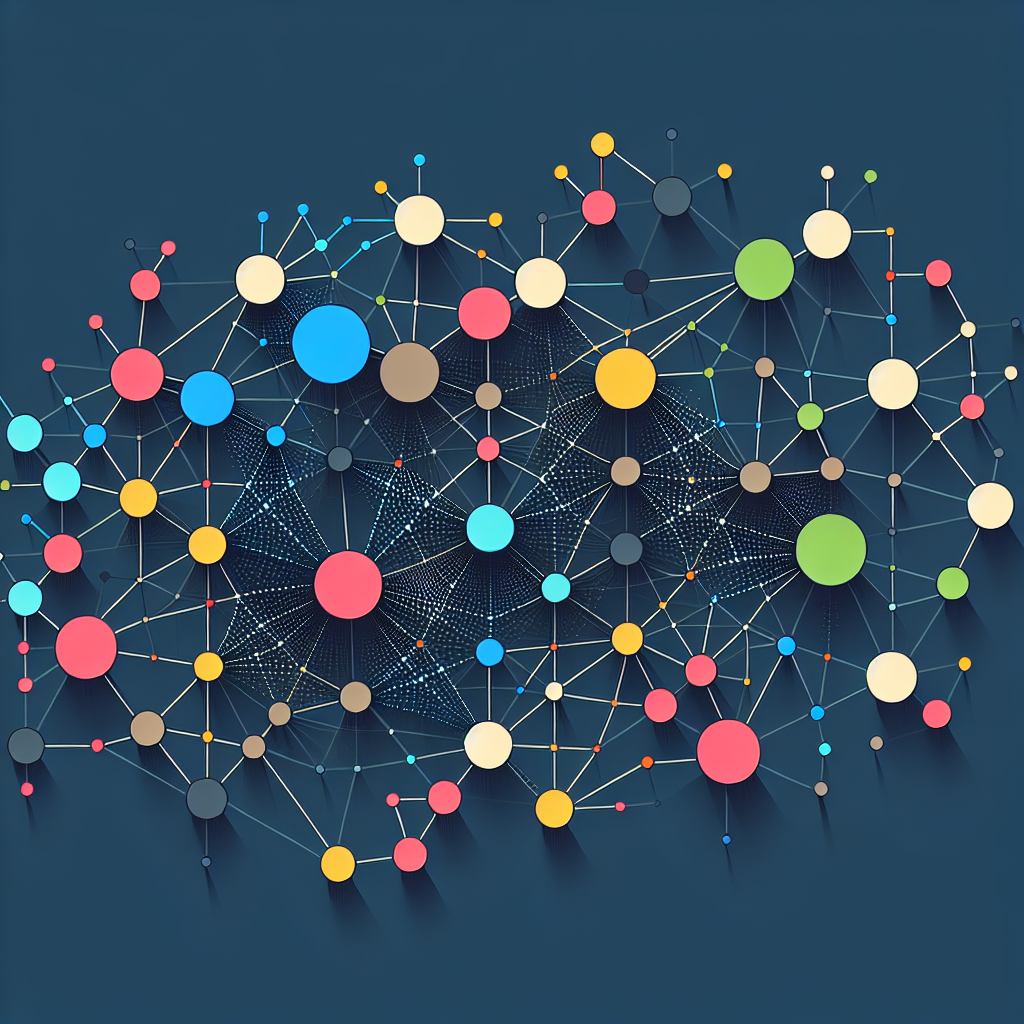Graph Neural Networks (GNNs) have gained significant attention in recent years, with applications in various fields such as social network analysis, recommendation systems, drug discovery, and more. Despite their increasing popularity, understanding GNNs can be challenging for beginners due to their complex nature. In this article, we will demystify Graph Neural Networks for beginners by breaking down the key concepts and providing a simple explanation of how they work.
At its core, a Graph Neural Network is a type of neural network that is designed to work with graph-structured data. A graph is a mathematical structure that consists of nodes (also known as vertices) and edges (also known as connections) that connect these nodes. Nodes can represent entities such as users or products in a network, while edges represent relationships between these entities.
The main idea behind GNNs is to learn node representations by aggregating information from neighboring nodes in the graph. This is achieved through a series of message passing steps, where each node receives information from its neighbors, updates its representation, and passes this information to its neighbors in turn. This iterative process allows the GNN to capture the structural information present in the graph and learn meaningful representations for each node.
One of the key components of a GNN is the graph convolutional layer, which is responsible for aggregating information from neighboring nodes. In a graph convolutional layer, each node computes a new representation by aggregating information from its neighbors using a learnable weight matrix. This allows the GNN to capture the relationships between nodes and learn meaningful representations that can be used for downstream tasks such as node classification or link prediction.
Another important concept in GNNs is the notion of graph pooling, which is used to downsample the graph and reduce its size while retaining important information. Graph pooling is typically performed by selecting a subset of nodes based on certain criteria, such as node importance or connectivity, and aggregating their representations to form a coarser graph. This helps to reduce the computational complexity of the GNN and improve its scalability to larger graphs.
In conclusion, Graph Neural Networks are a powerful tool for working with graph-structured data and have shown promising results in a wide range of applications. By understanding the key concepts behind GNNs, beginners can gain insight into how these models work and how they can be applied to solve real-world problems. With further research and experimentation, GNNs have the potential to drive innovation and advance the field of machine learning.
#Demystifying #Graph #Neural #Networks #Beginners,gnn


Leave a Reply